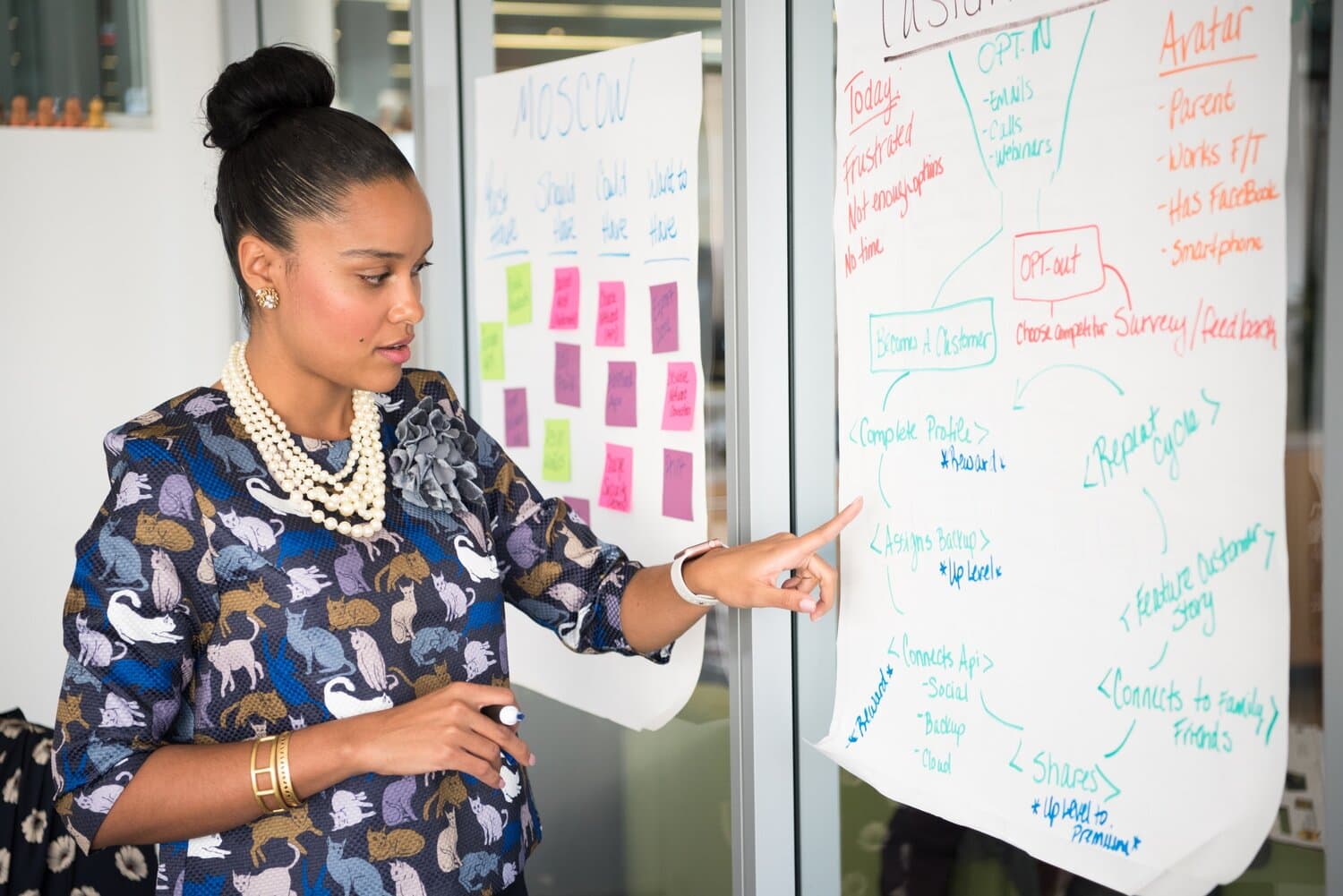In fact, when women are well represented in senior leadership roles, organizations are 50 percent more likely to outperform their peers.
But the COVID-19 crisis has hit women in the workplace hardest. And the outcomes are dire, threatening to quickly erase years of gender diversity progress and the business gains that come with it. Since the start of the pandemic:
- A disproportionate number of women—in particular, women of color—have fallen victim to layoffs, temporary furloughs, and reductions in pay.
- In addition, 1 in 4 women is considering downshifting their careers or even leaving the workforce entirely.
(Data from Women in the Workplace 2020 by LeanIn.Org and McKinsey)
CEOs don’t have time to waste. With employees disconnected from their usual support systems and leaders at every level (especially women) facing burnout, now is the time to invest in 1:1 coaching and support for women leaders. Without it, companies risk creating a leadership deficit with long-lasting negative repercussions.
Even those with leadership development programs already in place are not immune to falling behind.
Why?
Because traditional development curriculums often fall short of addressing the distinct challenges women face in the workplace and the many ways those challenges manifest differently among women of different races, ages, sexual orientations, disabilities, and socioeconomic backgrounds.
Here are just a few of the underlying realities that place a disproportionate burden on female employees:
- The ripple effect of underrepresentation: As of 2020, just 38 percent of manager-level roles were filled by women (a mere 12 percent of those being women of color). And with fewer women managers to promote into more senior positions, the ratio of women to men declines at each subsequent level. Providing professional coaching to aspiring leaders is an essential tool to closing the gender gap.
- Women face more performance scrutiny: Women are often held to higher performance standards than men, and they may be more likely to take the blame for failure. This can result in being risk-averse….not because women are not willing to take risks, but because they’re concerned about how their decision might be viewed.
- Being outnumbered adds to performance pressure: Senior-level women are nearly twice as likely to be the only women in the room at work. As a result, they’re more likely to feel pressured to work more and experience microaggressions, including needing to provide additional evidence of their competence.
- Women have fewer role models to draw from: Women are more likely than men to mentor and sponsor other women. So, as women leave the workforce, other senior and aspiring women leaders lose their most powerful allies and champions.
As a Gallup-Certified Strengths coach, I’ve found a strengths-based approach particularly effective in combating these dynamics’ compounding effect on women in the workplace.
First, it helps women build confidence in their skills and, by extension, more trust in their decision-making abilities.
Second, it helps them discover a leadership style that represents who they are as an individual. <– This has been very important to all the women I’ve coached. Specifically, coaching and development plans for women must address:
- Developing their leadership presence and influence, especially in the context of male-dominated teams.
- How to work from a position of power built on intrinsic strengths.
- Leaning into and trusting their point of view and decision-making abilities.
- Preparing them to take on a larger role in the organization.
- How to transition back into a leadership role after a career gap.
Guidance in these areas is especially crucial for aspiring women leaders who want to accelerate their careers but lack access to mentors with the time and experience to dedicate to their development.
Companies can start now by identifying women in their organizations (especially women of color) for leadership development, building women-focused leadership programs, and securing coaching for managers who need help developing women leaders more effectively.
As a female executive, I’ve personally faced many of these challenges in the workplace—and actively addressed them at the corporate level. Witnessing the powerful effect that coaching has had on the development of extraordinary women leaders has made me incredibly passionate about making its benefits accessible to all.
Contact me for a free consultation about what tailored women leadership coaching could look like at your organization.



0 Comments